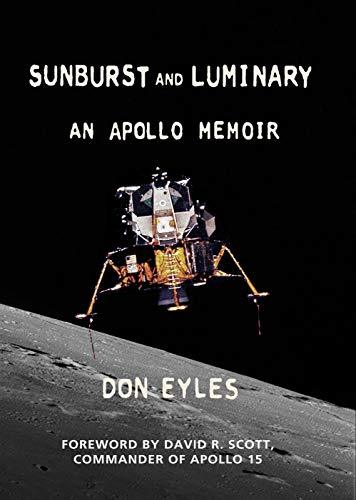What do you think?
Rate this book


456 pages, Kindle Edition
First published March 1, 2018
For me the Cape contained two pleasures, separated by a security fence. There was warm and disreputable Cocoa Beach with its broad sands and girls and dependable surf and the funky comforts of the Islander Motel—and to the north, wide expanses of tropical scrubland punctuated by enigmatic buildings and distant towers, where the wind blew salty and you sensed in the ragged interface of alligator swamp and oceanic sweep a parallel to this place’s other distinction as the point where our planet reached out to limitless space.